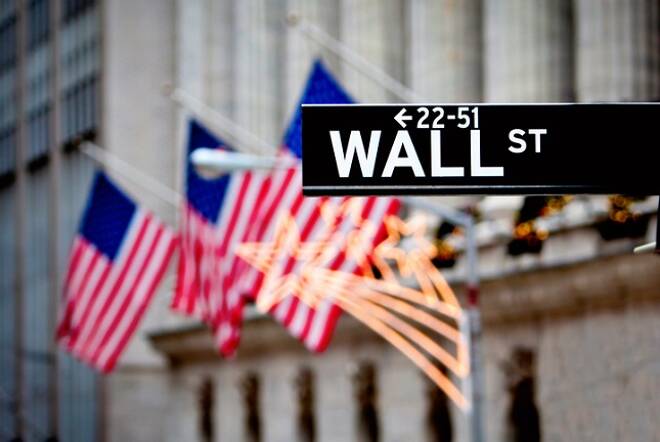Advertisement
Advertisement
Indices Annual Market Recap – 2018
By:
The rally came to a screeching halt in October when oil prices began to tumble and Fed Chair Powell turned extremely hawkish about additional rate hikes in 2019.
When they write the book on the stock market’s performance in 2018, I’m sure they’re going to mention that stocks turned from the greatest bull market in history into a bear market in just a matter of weeks. While this may deal with the movement in price, in my opinion, the return of volatility was the biggest news story.
Let’s face it, investors had an easy time in 2017 with optimism over the economic policies of newly elected President Donald Trump driving stock prices to all-time highs at breakneck speed. Investors seemed to be driven by a “what me worry” attitude as there seemed to be nothing in the way to stop the economy from growing.
The new year began with great optimism and ended with an extremely pessimistic outlook for 2019. Helping to boost the outlook for a better economy in 2018 was the passing of President Trump’s tax reform bill. This move put more money in the pockets of consumers and especially in the coffers of businesses.
However, lurking in the background throughout the year was the U.S. Federal Reserve. Surprisingly, however, right there in plain sight was President Trump, who has to share the responsibility with the Fed for fueling one of the most volatile stock markets in history.
While President Trump was out to grow the economy, the independent Federal Reserve was out to prevent the economy from overheating. The Federal Open Market Committee, led by Fed Chair Jerome Powell, raised its benchmark interest rate four times in 2018 in an effort to stem the evil effects of inflation.
It wasn’t like investors weren’t warned about the rate hikes in 2018. In fact, some blame the first steep break in the stock market in January/February on the central bank’s commitment to raise rates at least four times. Investors were able to overcome this event and the markets hit their all-time highs late in the year.
The rally came to a screeching halt in October when oil prices began to tumble and Fed Chair Powell turned extremely hawkish about additional rate hikes in 2019. The stock market strength continued to deteriorate the rest of year as oil prices retreated to 18-month lows. Furthermore, a split developed in the financial markets as investors began to price in the possibility of a recession in the futures, while the Fed continued to talk up the notion of future rate hikes. This split in investor sentiment is largely responsible for the heightened volatility late in year that gave us the worst Christmas Eve stock market sell-off in history, only to be followed shortly thereafter by the biggest one-day gain by the Dow in history.
For 2019, volatility is here to stay so investors are going to have to get used to it.
As far as President Trump is concerned, some blame his trade war with China as contributing to the stock market volatility. Others say it was his constant attacks on the Fed Chair Powell and Fed policy that shook up the markets. Furthermore, still others are saying that the potential for legal action against the President as well as the possibility of him getting impeached is helping to encourage investors to bail out of the markets.
We’re going to start 2019 with a partial government shutdown, which means heightened volatility at the beginning of the year. How long it lasts and who gives in to get the government started again could set the early tone in the markets for next year.
About the Author
James Hyerczykauthor
James Hyerczyk is a U.S. based seasoned technical analyst and educator with over 40 years of experience in market analysis and trading, specializing in chart patterns and price movement. He is the author of two books on technical analysis and has a background in both futures and stock markets.
Advertisement
